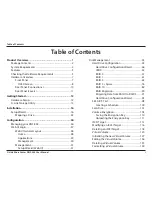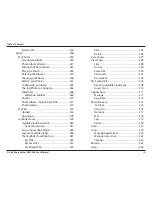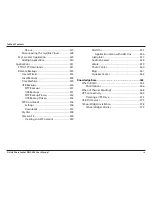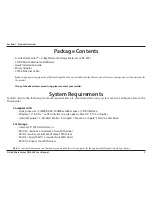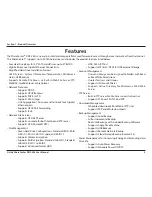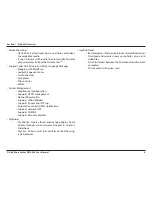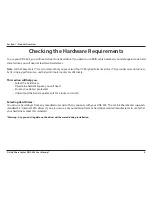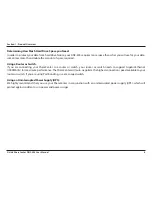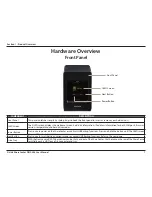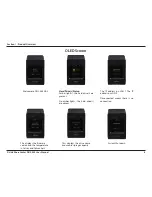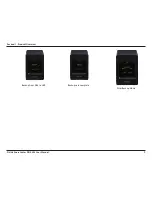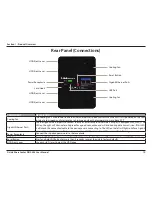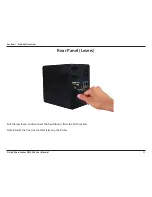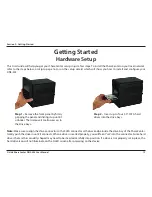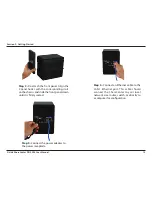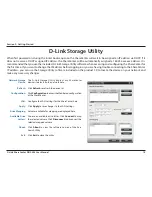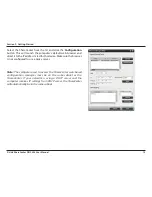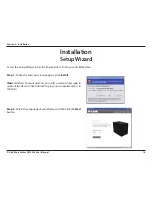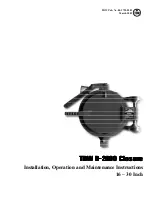
1
D-Link ShareCenter DNS-345 User Manual
Section 1 - Product Overview
The D-Link ShareCenter DNS-345 is a 4-Bay Network Attached Storage device. When used with internal SATA drives
1
, it enables you to share documents,
files, and digital media such as music, photos, and video with everyone in your home or in the office network. Remotely accessing files through the
Internet is also possible using the built-in FTP server, Web File server and the WebDAV protocol. Whether you are allowing access locally or over the
Internet, you can keep data safe by only giving rights to specific users or groups. When configuring the DNS-345, you can create and assign users
and groups to folders with either read or read/write permissions. This is ideal for an office environment with employee-specific sensitive data or for
the home where you can limit your children to age appropriate material. The DNS-345 will be available to any computer (PC, Mac, or Linux-based)
on your network, without the need to install additional software.
You may back up your music, photos, and video collections to the DNS-345 for safekeeping. Then, enjoy the benefits of the built-in UPnP AV media
server as you stream digital content to compatible media players
2
(such as those found in D-Link’s MediaLounge product line). This feature is very
convenient as it allows you to turn off a computer that would normally be needed for the same function.
To further enhance your ShareCenter’s capabilities you can expand the applications available with the ShareCenter by using the Add-On feature
which allows you to add supported software applications. These applications can add over the web audio streaming, file and media sharing, and
even blogging capability to your ShareCenter.
The DNS-345 has seven RAID modes:
•
Standard -
creates a single volume from one drive.
•
JBOD -
combines all drives in a linear fashion for maximum space efficiency
•
RAID 0 -
uses all drives as a single massive array of storage with the combined capacity of all the drives
•
RAID 1 -
also known as disk mirroring, the system will save data to all the drives in the same array simultaneously
•
RAID 5 -
requires at least 3 drives. Data is split into blocks and stored over all of the drives. Parity data is distributed amongst all
of the drives and is used to regenerate lost data during a drive failure.
•
RAID 5+SPARE -
data is a striped set with distributed parity. One drive in the array is left empty so if a drive fails, the spare is used
to rebuild the array and restore the redundancy as soon as possible.
•
RAID 10 -
is a combination of RAID 0 (data striping) and RAID 1 (mirroring). It offers the highest performance and data protection.
•
iSCSI -
is a combination of RAID 0 (data striping) and RAID 1 (mirroring). It offers the highest performance and data protection.
2 D-Link cannot guarantee full compatibility or proper playback with all codecs. Playback capability depends on the codec support of the UPnP™ AV media player.
1 Hard Drive(s) not included.
Product Overview


